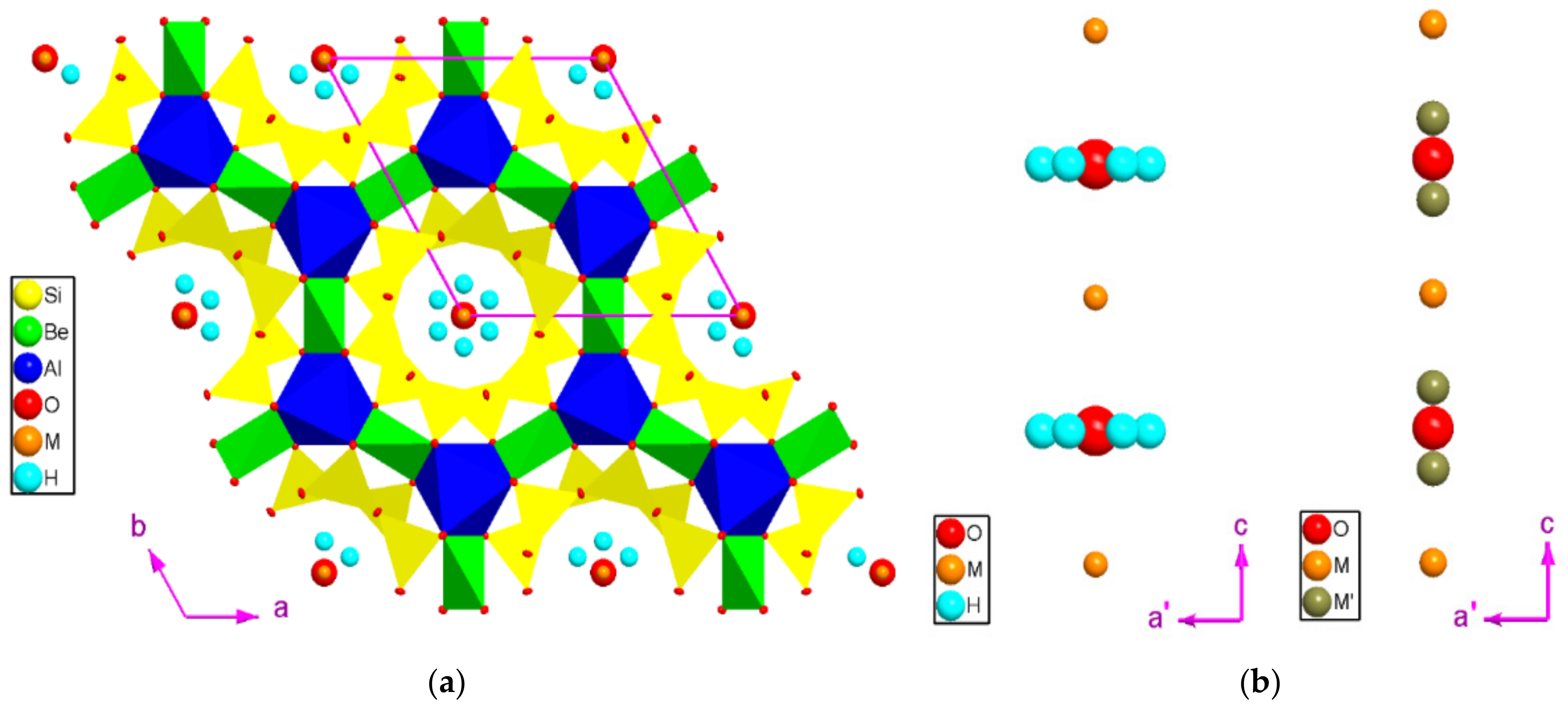Tropical Storm Beryl

Nhc beryl – Tropical Storm Beryl was the second named storm of the 2023 Atlantic hurricane season. The storm formed on July 5, 2023, from a tropical wave that moved off the coast of Africa. Beryl moved west-northwestward across the Atlantic Ocean, gradually strengthening as it approached the Lesser Antilles. On July 8, Beryl made landfall on the island of Dominica as a tropical storm, bringing heavy rain and wind to the island.
After passing through the Lesser Antilles, Beryl continued to move west-northwestward, passing south of Puerto Rico and Hispaniola. The storm then turned northward and made landfall on the coast of Florida on July 10. Beryl brought heavy rain and wind to Florida, causing flooding and power outages. The storm then moved inland and weakened to a tropical depression on July 11. Beryl’s remnants continued to bring heavy rain to the southeastern United States before dissipating on July 13.
Historical Occurrences
Tropical Storm Beryl is the second storm to use the name Beryl in the Atlantic basin. The first Tropical Storm Beryl occurred in 1988. That storm also formed in July and made landfall on the coast of Florida. Tropical Storm Beryl in 1988 caused extensive damage and flooding in Florida.
Mitigation Measures
In order to mitigate the effects of Tropical Storm Beryl, a number of measures were taken by governments and organizations in the affected areas. These measures included:
- Issuing hurricane warnings and watches for affected areas
- Evacuating residents from low-lying areas
- Closing schools and businesses
- Preparing emergency shelters
- Stockpiling food and water
These measures helped to reduce the impact of Tropical Storm Beryl and saved lives.
National Hurricane Center (NHC): Nhc Beryl

The National Hurricane Center (NHC) plays a crucial role in monitoring and forecasting tropical cyclones, including Tropical Storm Beryl. The NHC is responsible for issuing tropical storm and hurricane warnings, watches, and advisories to inform the public about potential hazards and provide guidance for evacuation procedures.
NHC’s Hurricane Warning System
The NHC’s hurricane warning system is a comprehensive set of protocols and procedures designed to provide timely and accurate information about tropical cyclones. The system includes:
- Tropical Storm Watches: Issued when tropical storm conditions are possible within the next 48 hours.
- Tropical Storm Warnings: Issued when tropical storm conditions are expected within the next 36 hours.
- Hurricane Watches: Issued when hurricane conditions are possible within the next 48 hours.
- Hurricane Warnings: Issued when hurricane conditions are expected within the next 36 hours.
NHC’s Collaboration with Other Organizations, Nhc beryl
The NHC collaborates closely with other organizations to enhance disaster preparedness and response efforts. These organizations include:
- National Weather Service (NWS): The NWS provides weather forecasts and warnings to the public, including information about tropical cyclones.
- Federal Emergency Management Agency (FEMA): FEMA coordinates disaster relief efforts and provides assistance to communities affected by tropical cyclones.
- National Oceanic and Atmospheric Administration (NOAA): NOAA conducts research on tropical cyclones and provides data and information to the NHC.
Nhc beryl i wan storm weh deh move through di Atlantic Ocean. Fi get more info bout di storm, yuh fi check out di national hurricane center beryl website. Yuh can find out weh di storm deh, weh it a guh, and how strong it strong.
The National Hurricane Center (NHC) is monitoring Tropical Storm Beryl, which is expected to bring heavy rainfall to the Gulf Coast. To help forecast the storm’s path, meteorologists are using spaghetti models, which are computer simulations that show the possible tracks of the storm.
You can find more information about these models at tropical storm beryl spaghetti models. The NHC will continue to provide updates on the storm as it progresses.